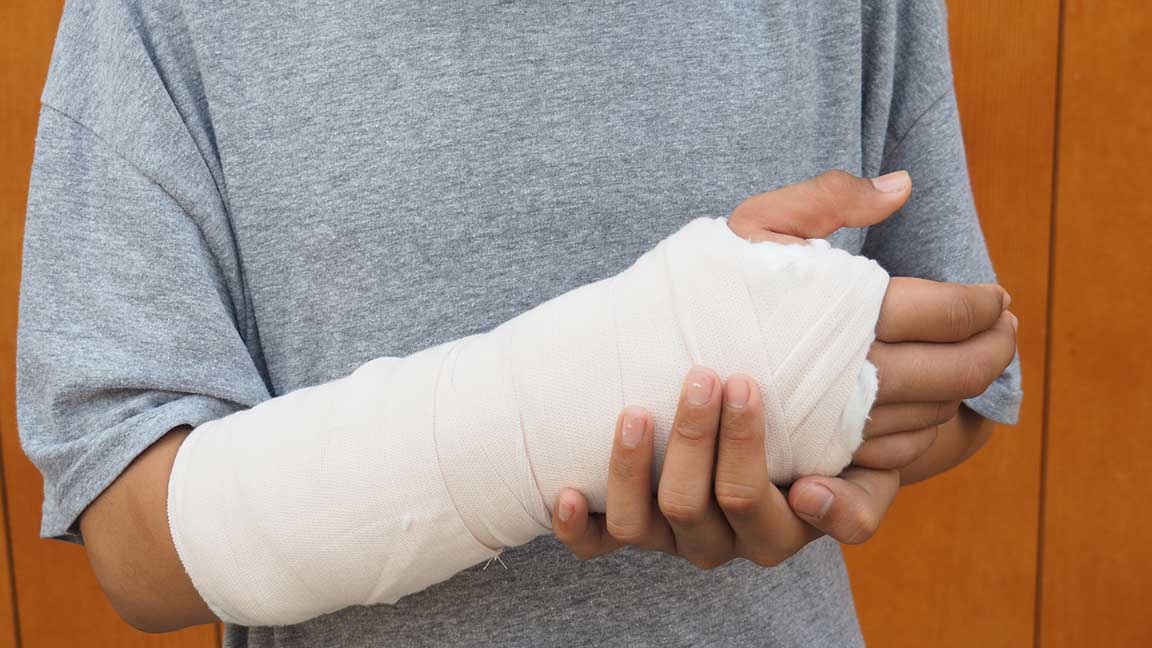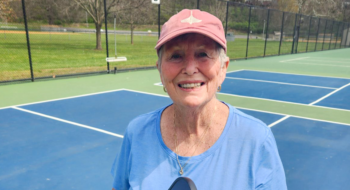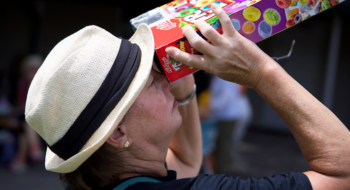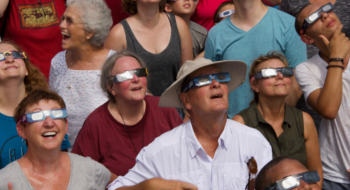Catherine Gillespie knows how it feels to break a bone.
A lead physician assistant in the emergency department at Tidelands Waccamaw Community Hospital, Gillespie fractured her knee a few years ago.
Often, a broken bone is fairly obvious – in Gillespie’s case, for example, she heard a “crack.” Other signs can include bone exposure through the skin, bruising, swelling, numbness or tingling, deformity or crepitus, which is a feeling of broken pieces of bone rubbing together under the skin.
Sometimes, though, the injury is less obvious. For example, an X-ray may be necessary to diagnose a hairline fracture in the foot.
If you think you’ve broken a bone, Gillespie advises seeking prompt medical care, especially if the break has punctured the skin.
“That type of break needs to be addressed through surgery immediately,” she says.
Care
Once a break is diagnosed by X-ray, a temporary splint is placed above and below above the fracture to stabilize it. Typically, the broken bone will subsequently be put in a cast.
“It’s up to the orthopedist to determine how long the cast stays on. Six weeks is standard, but it depends on the kind of fracture,” she says.
Some fractures, such as a broken rib, require no splinting.
“A rib fracture is going to hurt,” she says. “It will take four to six weeks to heal.”
Age can affect the likelihood of some types of injuries. For example, since children’s bones are softer than adults, they are more likely to suffer a buckle fracture, which is an incomplete break on only one side of the bone.
“There will be a roundness or disruption to the area that shouldn’t be there,” Gillespie says.
A buckle fracture heals faster than a full break, but usually requires casting for three to six weeks.
Growth plate injuries
Another problem among children who break bones is called a growth plate injury. It occurs at the area where tissue is developing near the end of long bones, such as the arm or leg. Eventually the growth plate tissue is replaced by solid bone as a child moves through adolescence.
A qualified medical provider needs to evaluate a growth plate injury because it can impede development of the bone if it goes untreated.
“The bone in the broken area might not grow as long as the other bone,” Gillespie says.
One type of common injury among children isn’t actually a break, though it may appear to be one at first.
Called “nursemaid’s elbow,” it happens when a ligament in the elbow slips out of place. It can occur when someone swings a child in play or pulls on a child’s arm suddenly to avoid danger.
Gillespie says nursemaid’s elbow is common in children ages 1- 3 and happens to about 20,000 children a year. A provider can gently reset the elbow and mobility of the arm will be restored.





